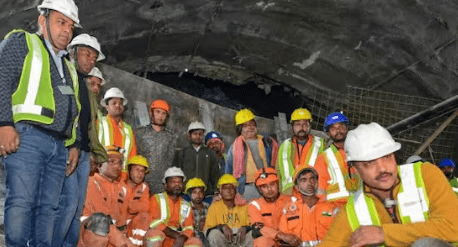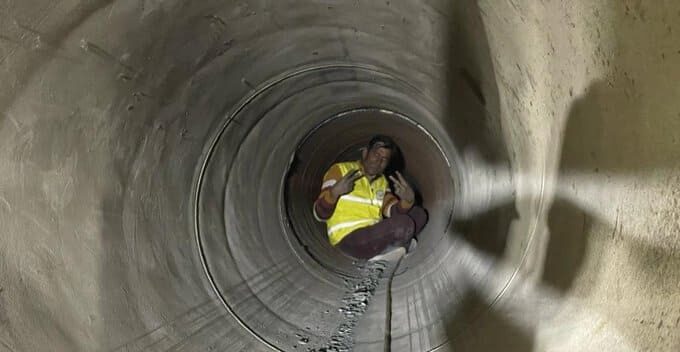The last stages of a frantic 17-day multi-agency operation that depended, in the end, on the banned manual “rat-hole” mining technique used after high-tech machines, or augers, failed to drill through the nearly 60 meters of rock that threatened to bury the workers began late Tuesday when all 41 men trapped underground in a tunnel in Silkyara, Uttarakhand, were rescued.

It takes some time for each worker to re-acclimate to the surface conditions during the extraction procedure because the temperature there is currently about 14 degrees Celsius.
The laborers were hoisted out on stretchers that had been specially made, and they were manually lowered down a two-meter-wide pipe that had been bored into the hillside. Pushkar Singh Dhami, the chief minister of Uttarakhand, was present and gave the workers hugs as they left.
The National Disaster Response Force, or NDRF, had descended the pipe first in order to evaluate the men’s conditions and provide them with instructions on how to do a rescue. After the stretcher was manually hauled up through 60 meters of rock and rubble, each worker was fastened to it.
Along with the rescued workers, the ambulances—41 total, one for each worker—moved out of the tunnel site in groups to the emergency medical facilities stationed in Chinyalisaur, about 30 km away.
The rescue crew and those present greeted the first workers who emerged from the tunnel with garlands, candies, and applause. After seeing their loved ones for the first time in 17 days, the families of the trapped workers celebrated. After that, the rescued workers spoke with their relatives back home.











